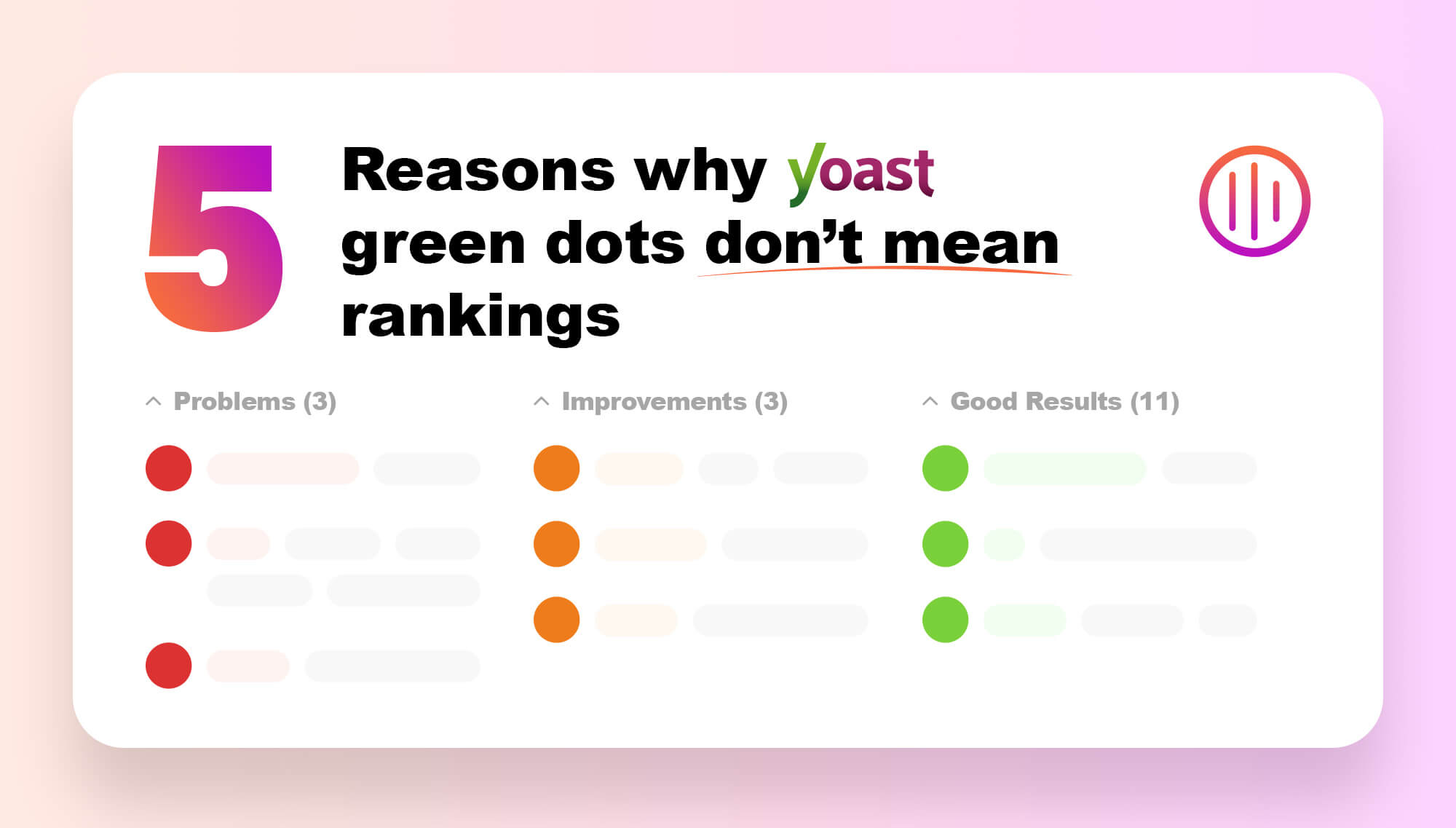Creating a website involves several key elements including: usability, functionality and navigation. Interactivity is now another important part of creating a website—one that web design is fast evolving to accommodate.
Responsive web design is a new web design approach with a significant focus on improving interactivity. It’s an approach aimed at making sites with the most optimal viewing experience, which not only makes a website easy to read and navigate, but versatile enough for viewing across several different devices without sacrificing its intrinsic features.
In other words, websites created using responsive web design respond to their native environment—the device where users view said website. These websites can actually respond to different devices, mainly through resizing and/or adjusting its resolution to match the resolution of any device’s display. As an example, a responsive website may resize to fix a widescreen computer monitor if it detects an end user viewing its content through the device.
The main purpose of responsive web design is constructing a single website that responds to different devices by implementing different elements that invoke that particular response. These elements naturally consist of built-in coding that helps both site structure and graphics adjust to different web resolutions. The point is creating a site that auto-adjusts to any device that displays said site.
Responsive websites use what’s called fluid grids, a structural component that resizes page elements by proportion rather than pixels. This allows a website to determine how to resize elements in relation to other elements and the currently displayed resolution.
Responsive website design is actually considered one of 2013’s hottest trends in web design. It’s mainly thanks to the growth of mobile devices like smartphones and tablets in the current website design London market.
Since people are moving their web-based experiences onto mobile devices nowadays, it’s important that website design London webmasters understand how to take advantage of responsive web design to accommodate their user base.





